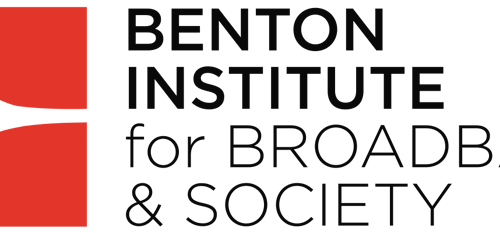There are moments in which the “world” stands together; I mean the democratic-liberal world and all those in other parts of the globe who wish to join the democratic-liberal part. The three terrorist attacks in Paris were one of these moments. It is understandable that everyone felt sympathy for the victims and their families. However, the terrorists in Paris did not murder only innocent people; they severely injured two of the fundamental values of the democratic-liberal world as well: freedom of speech and freedom of the press. Therefore, it is obvious that millions demonstrated not only to express their grief and anger, but to support the preservation of these two values.
One way to express this support was the publishing news of the first front page of Charlie Hebdo, following the massacre in its office. Every novice journalist and even every freshman in journalism studies understands that the publishing of this story and the new cartoon of Mohamad by Charlie Hebdo was a news-event that professionally was worthy to be published. Furthermore, the publishing of this story was the ultimate way to demonstrate that the terrorists did not succeed in murdering the democratic value of freedom of speech. And indeed, many newspapers, TV channels, and news sites all over the democratic world and beyond published the first page with the new cartoon.
However, it was not the case in the UK; most of the British media decided that the new cartoon is not publishable.* Why? The editor of The Independent admitted that he simply was afraid. Sky News cut a live interview in mid-course, simply because the French journalist being interviewed raised up the front page of the Charlie Hebdo with the cartoon for the camera, The news anchor explained that they acted in this way in order not to offend their audience. I cannot find other terms to describe these two decisions in the British media, other than to note the hypocrisy on the one hand and a retreat from a core journalistic code that is central to the role of a journalist on the other. The worst thing is that such behavior encourages the extremists and sends the message that terror is rewarding.
Here is the link to the interview stopped on Sky News: https://www.youtube.com/watch?v=VN3LCy2yoBg
And here is the link to the interview with the editor of The Independent: http://www.theguardian.com/media/2015/jan/08/charlie-hebdo-muhammad-cartoons-independent-amol-rajan
*Articles about the coverage by British media and their justifications can be found at: http://www.theguardian.com/media/2015/jan/11/charlie-hebdo-cartoons-uk-press-publish and http://www.theguardian.com/media/2015/jan/13/charlie-hebdo-cover-magazine-prophet-muhammad



